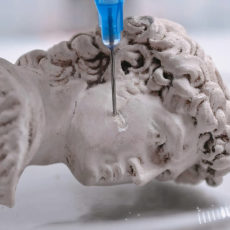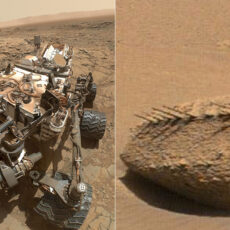
Photo credit: Sameer A. Khan | Fotobuddy
Princeton University researchers, led by Reza Moini and Shashank Gupta, have created a bio-inspired hollow concrete that mimics human bone structure to resist cracking. The team was inspired by by the human cortical bone, which is basically the dense outer shell of human femurs that provides strength and resists fracture.



Human cortical bones consist of elliptical tubular components known as osteons, embedded weakly in an organic matrix. This design allows it to deflect cracks around osteons and prevent abrupt failure while increasing overall resistance to crack propagation. The bio-inspired hollow concrete version involved 3D printing a tubular template mold using polyvinyl alcohol (PVA) before it could be dissolved to create a urethane silicon mold used to cast the material.
- Interactive model – Inspire kids to build a representation of the Earth, Sun and Moon in orbit with this LEGO Technic Planet Earth and Moon in Orbit...
- Educational space toy – Kids can turn the crank to see how the Earth and the Moon orbit around the Sun
- Includes months and moon phases – This solar system toy includes printed details, like the month and moon phases to help kids see how the Earth’s...
We use theoretical principles of fracture mechanics and statistical mechanics to improve materials’ fundamental properties ‘by design’. One expects the material to become less resistant to cracking when hollow tubes are incorporated. We learned that by taking advantage of the tube geometry, size, shape, and orientation, we can promote crack-tube interaction to enhance one property without sacrificing another,” said Reza Moini, a Princeton assistant professor of civil and environmental engineering.
[Source]








